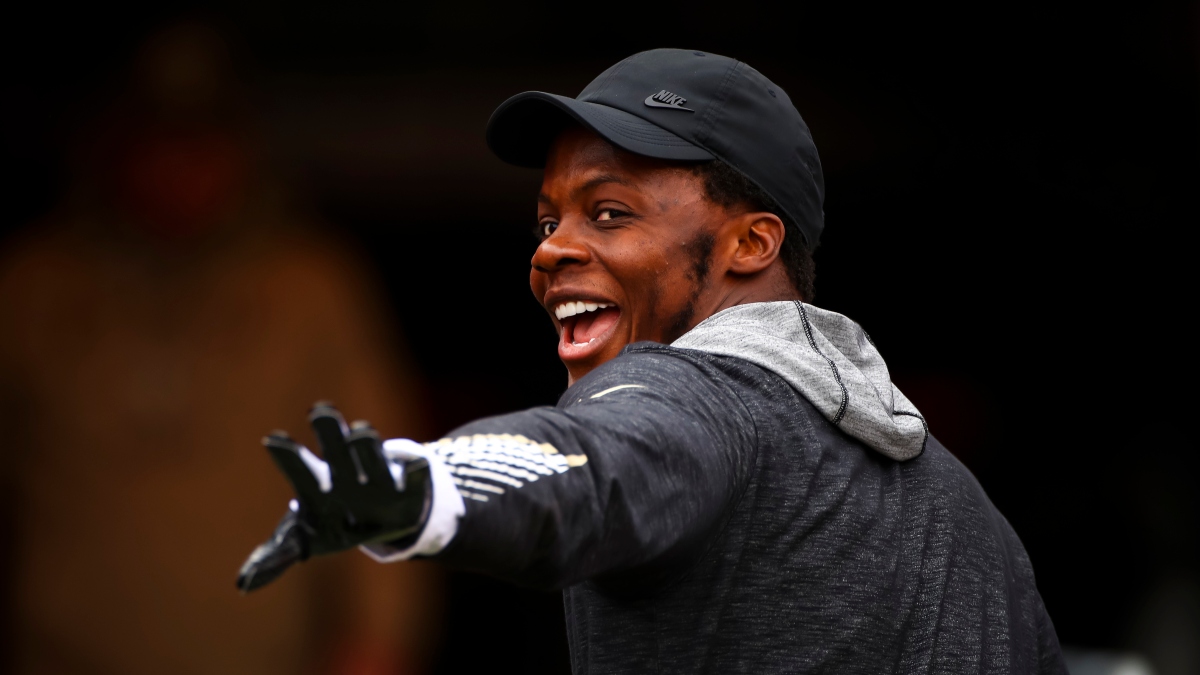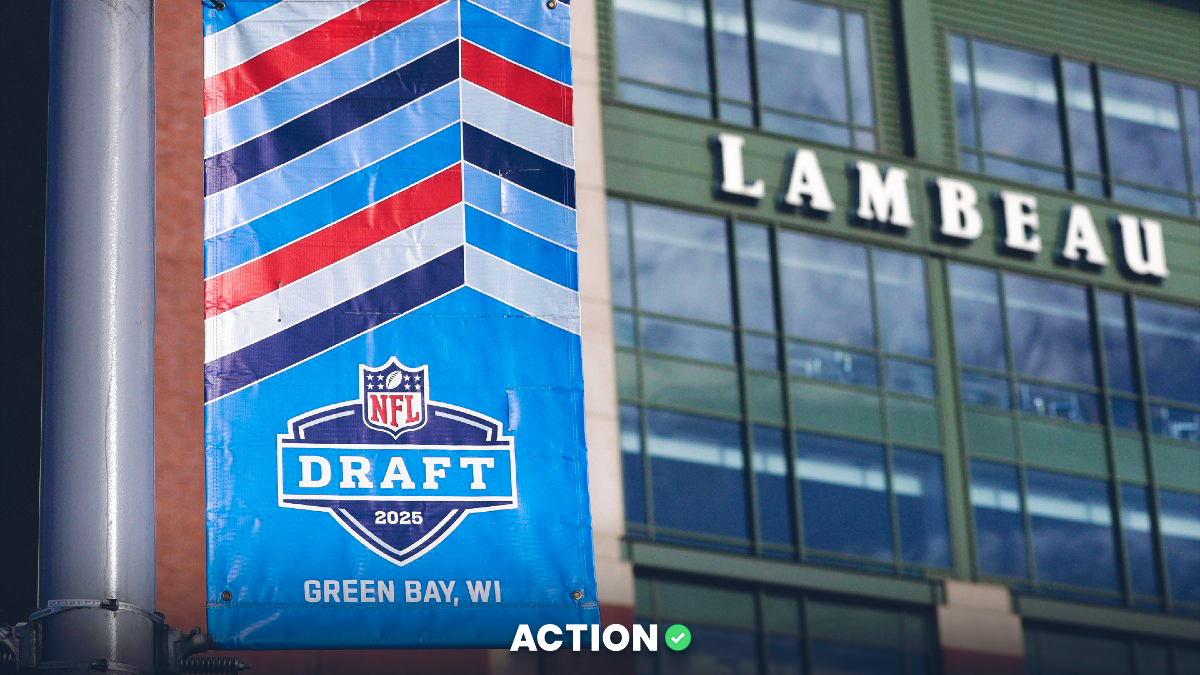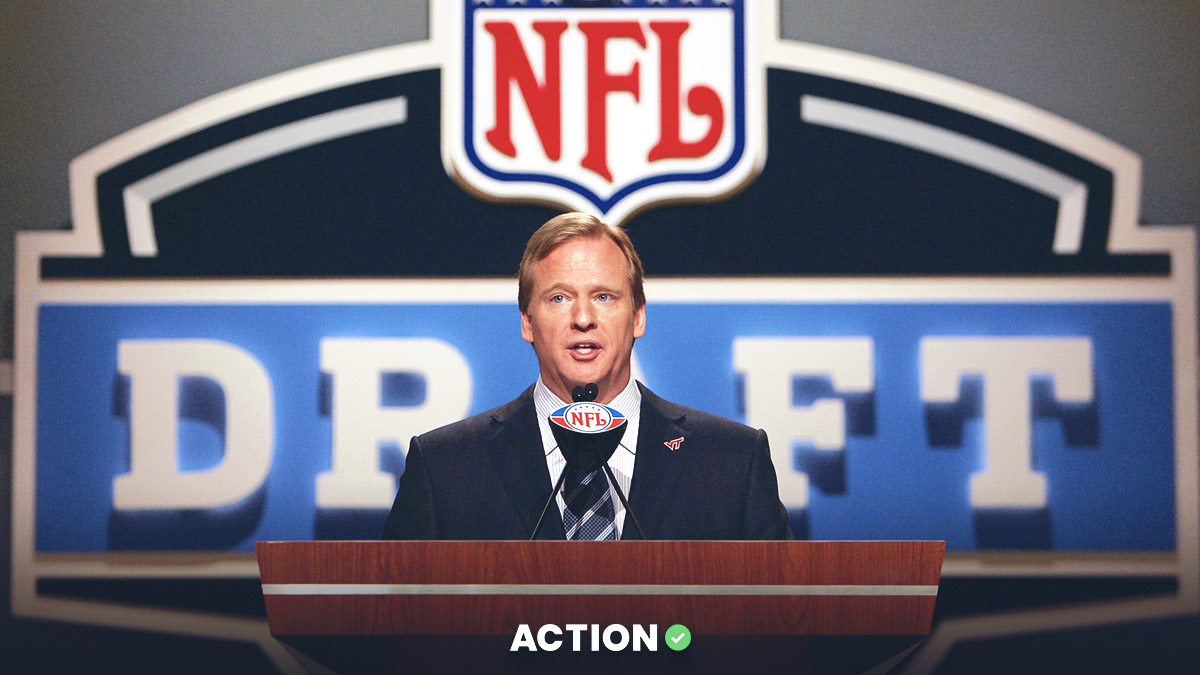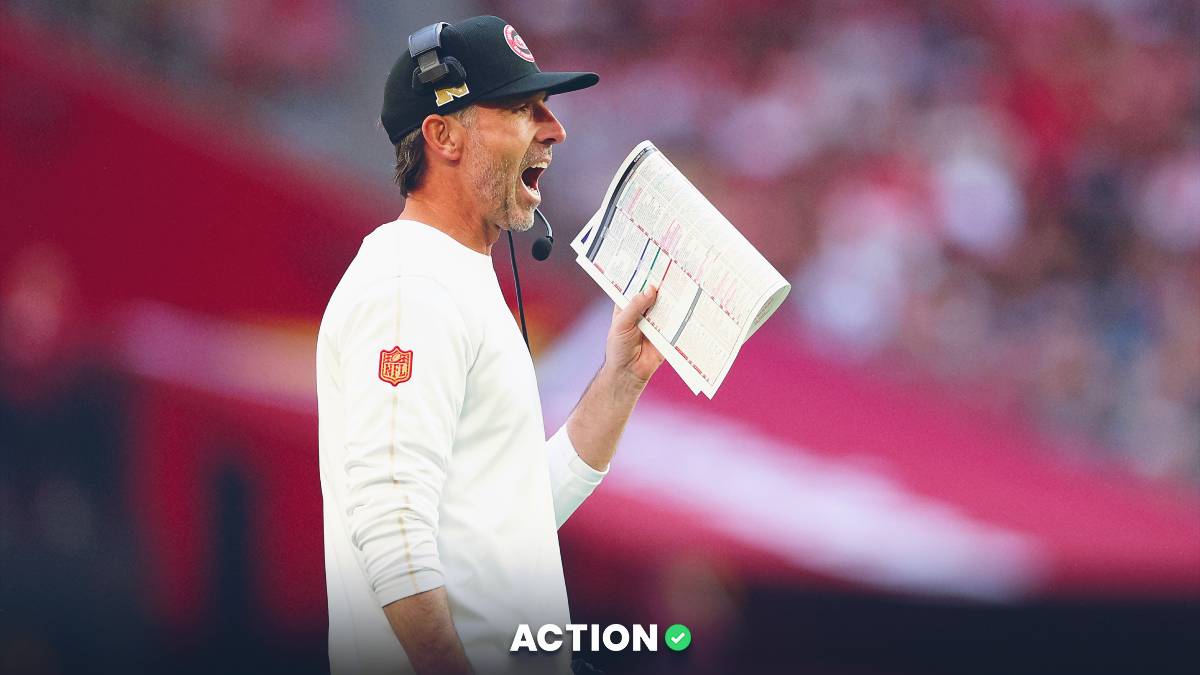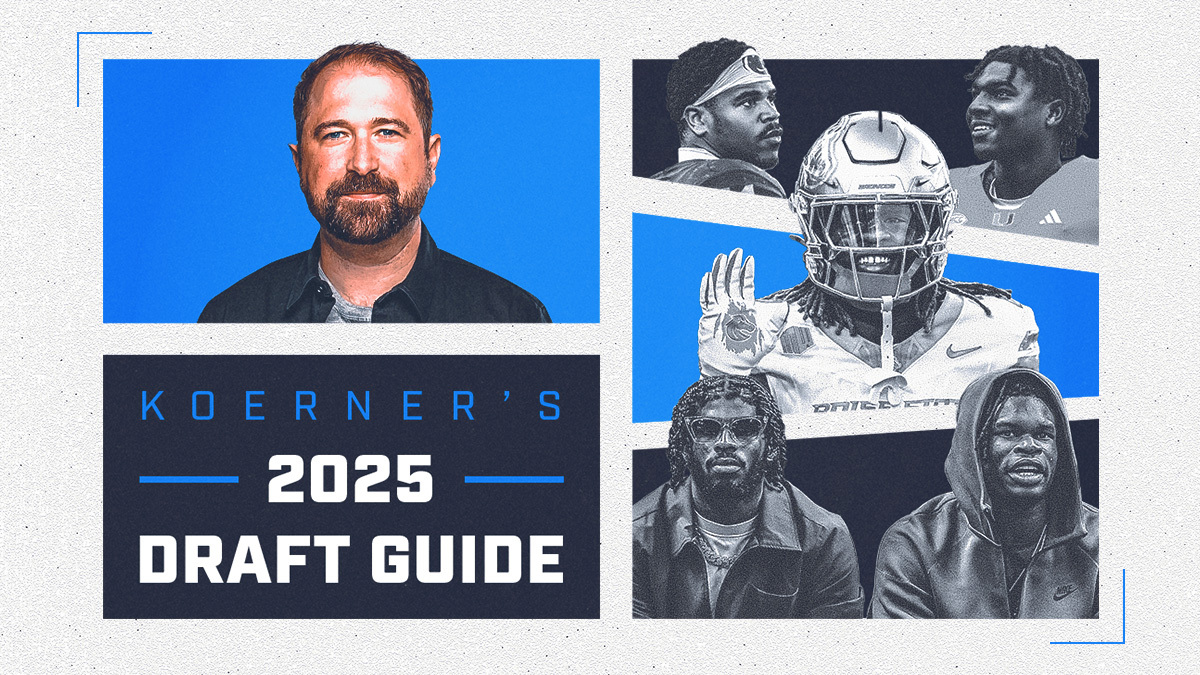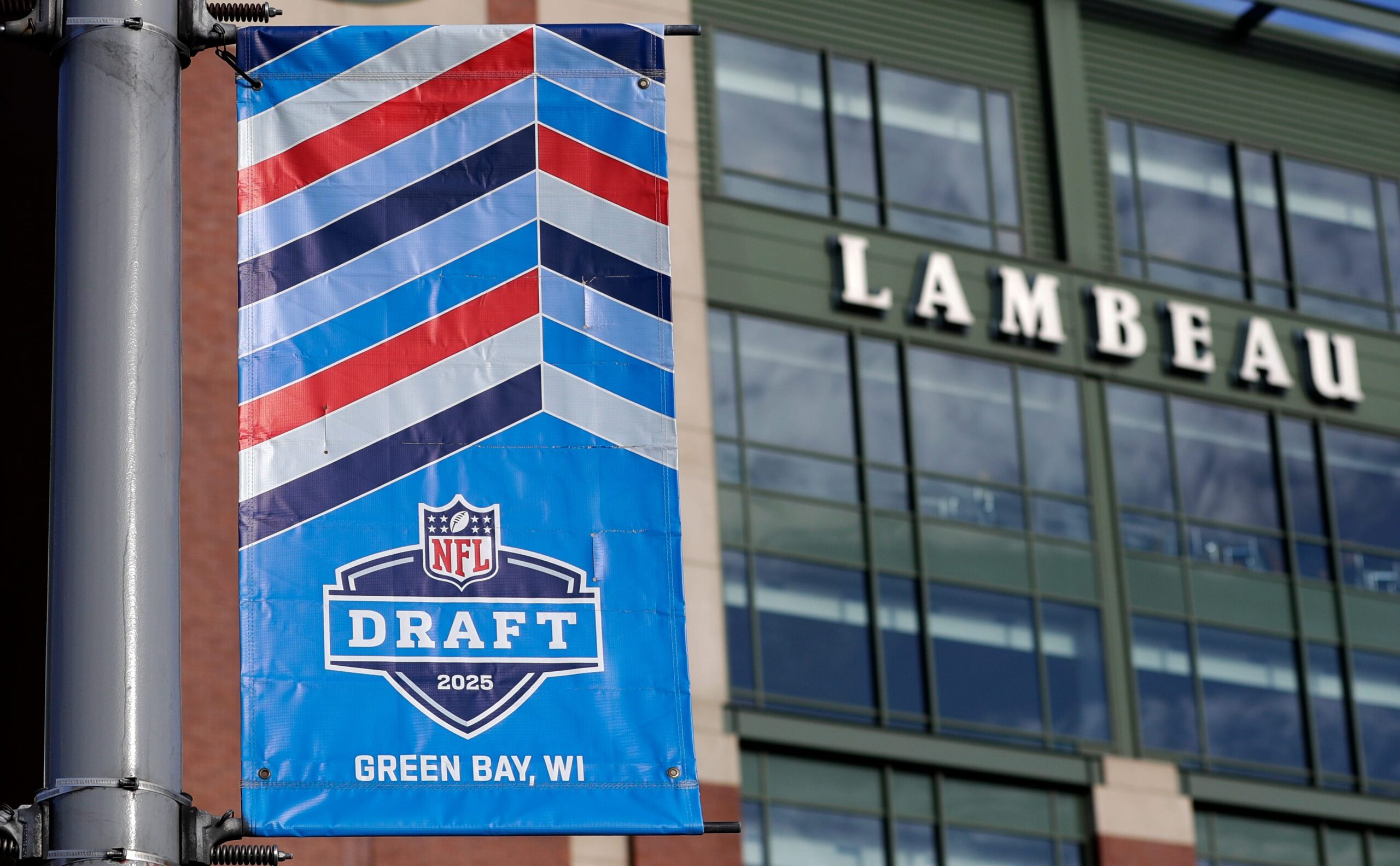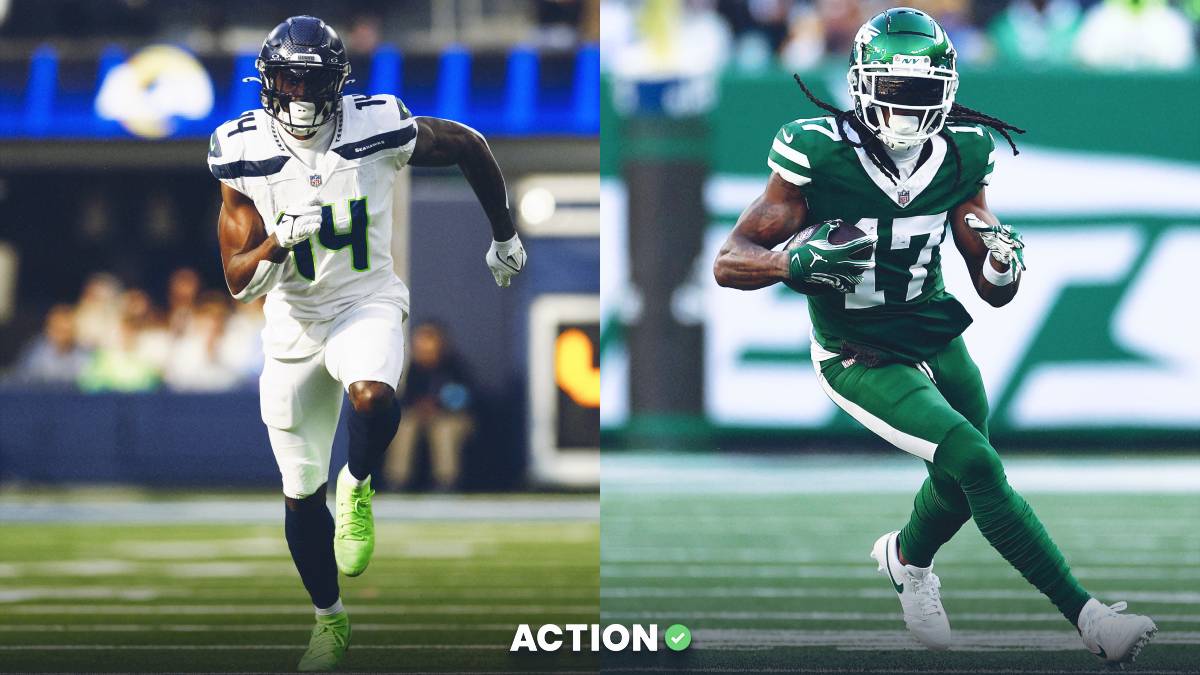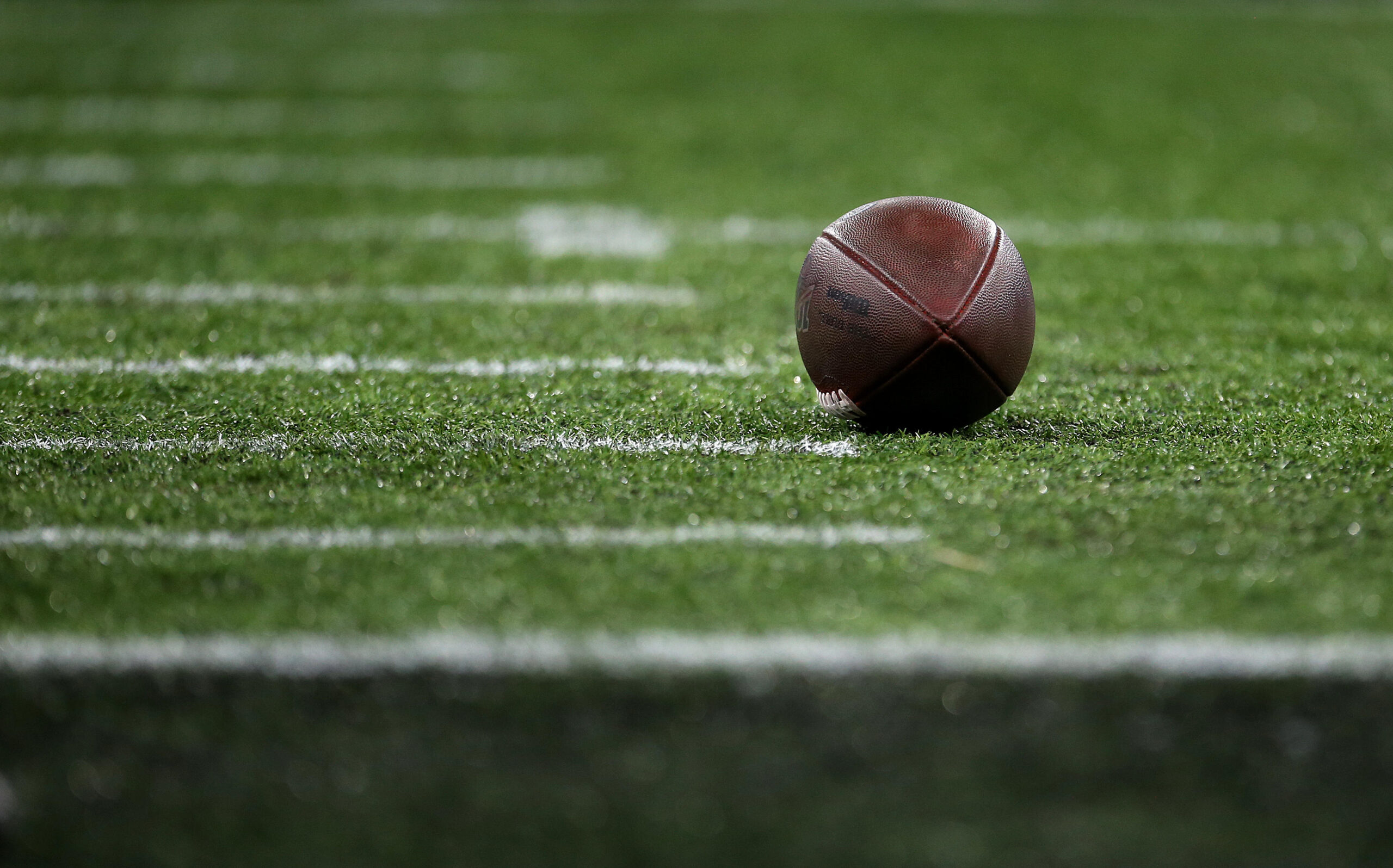It's a new era in Carolina.
With Cam Newton on the trading block, the Panthers are finalizing a deal with free-agent quarterback Teddy Bridgewater. But how would Bridgewater impact the fantasy football value of Christian McCaffrey, D.J. Moore and Curtis Samuel?
Two of our experts — Chris Raybon and Matthew Freedman — analyze whether CMC's status as the top fantasy stud remains in tact with a new QB under center, just how high Moore's ceiling is now and more.
Tom Brady Free Agency Promo! Bet $5 and Win $100 if TB12 picks any team with the exception of the Jets, Bills or Dolphins
Raybon
One thing I’ve learned over the years: Do not doubt Teddy Bridgewater.
While I have never been much of a fan of his upside as a passer, it’s hard to deny that the man has consistently defied expectations. Look no further than his career 28-7 record against the spread as a starting quarterback.
While Bridgewater likely won’t be much more than a bye week waiver add, it may not be a bad thing for a Panthers franchise that could no longer win with Cam Newton (0-8 in his last eight starts dating back to 2018) and looked shaky with Kyle Allen (5-7) and Will Grier (0-2), or for their main fantasy assets.
In fact, the same reason I’m bearish on Bridgewater’s upside as a passer — a conservative style of play that saw him post an average depth of target of only 6.1 yards over the past three seasons (AirYards.com) — makes me bullish on his potential impact on Christian McCaffrey, D.J. Moore and Curtis Samuel from a PPR standpoint.
Nothing much needs to be said about McCaffrey, the consensus No. 1 overall pick in fantasy. But in regard to Moore, it’s worth noting that while Michael Thomas’ raw per-game numbers with Bridgewater (8.8/101.9/0.56 on 10.8 targets) didn’t quite match up to with Drew Brees (10.0/115.4/0.57 on 12.1 targets), they were still very good.
While Bridgewater was average overall as a passer last season, earning a 71.4 grade from Pro Football Focus (20th of 39 qualifiers), he represents a massive step up from Allen, whose ghastly 50.9 mark ranked 38th of 39. Bridgewater owns a career completion rate of 65.2%, well above the 60.3% mark the Panthers quarterbacks posted last season, which ranked 27th in the NFL.
Moore was a top-10 fantasy WR in Weeks 1-15 before getting hurt in Week 16, and should have no issue producing WR1 numbers in 2020 and living up to his average draft position as the WR8 at MyFantasyLeague.com.
Bridgewater’s underneath passing could also benefit Curtis Samuel, who was deployed on deeper, lower-percentage routes last season compared to his first two years in the league and struggled mightily in his new role:
- 2019: 14.9 aDOT, 51.4% catch rate, 5.97 yards per target
- 2017-18: 11.6 aDOT, 59.3% catch rate, 6.69 yards per target
Provided Samuel holds onto No. 2 wide receiver duties — no lock given that he hasn’t quite lived up to his second-round pedigree through three seasons — he could end up outplaying his current WR41 ADP with Bridgewater behind center.
Freedman
Bridgewater isn’t the kind of passer who blows you away with his arm strength and aggressiveness. Of all quarterbacks to take at least 25% of their respective teams’ dropbacks last year, Bridgewater was dead-last (37th) with a 6.1-yard aDOT (per Pro Football Focus). But he was also No. 3 with an 80.6% adjusted completion rate.
Bridgewater can get the job done.
I don’t expect much from Bridgewater as a fantasy producer — he’s probably a low-end QB2 with streaming upside — but he should be accurate and consistent enough to give McCaffrey, Moore and Samuel (and maybe even tight end Ian Thomas) an above-average number of catchable targets.
In his three-year NFL career, McCaffrey has averaged 126.3 targets per season, and that seems like a reasonable expectation for 2020. With his locked-in rushing workload and steady receiving usage, McCaffrey is still the no-brainer No. 1 pick in re-draft leagues for 2020 and the clear favorite to lead the league once again in scrimmage yards.
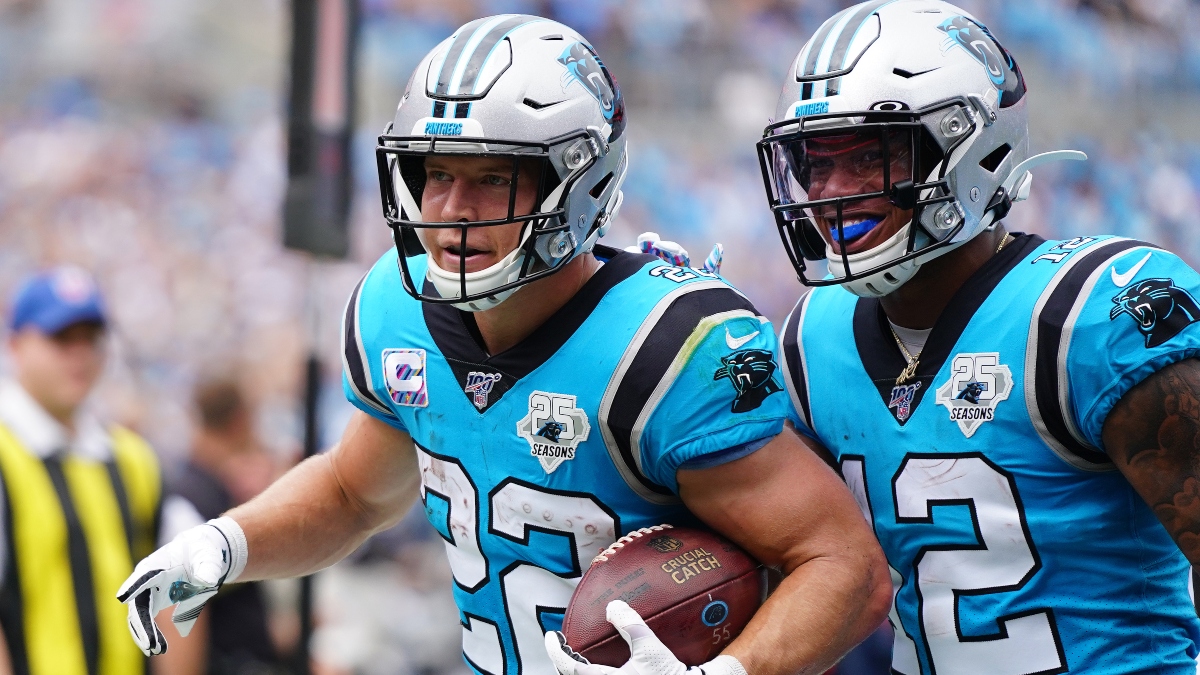
Last year, with 139 targets (most of which came from Allen), Moore put up an 87-1,175-4 receiving line and added 40 yards rushing in 15 games. While his touchdown total was low, Moore is likely to have positive scoring regression in 2020, and his yardage production was elite, placing him in the pantheon of other 22-year-old second-year receivers such as DeAndre Hopkins (1,210), Mike Evans (1,206), David Boston (1,156), Amari Cooper (1,153) and Brandin Cooks (1,138).
Given that Moore went over 1,200 scrimmage yards in 15 games with a middling backup quarterback last season, he could absolutely explode this year with a more accurate passer. He’s a WR1 with top-five upside.
As for Samuel and Thomas, both have flashed tremendous upside over the past two seasons, and I expect them to be strong options for best-ball leagues and guaranteed prize pools. It’s doubtful that either one will develop into a reliable producer in 2020, but both seem likely to have a couple week-winning performances at their peak.
Samuel is a low-end WR3 with high-end WR2 volatility, and Thomas is a potential low-end TE1 likely to start the season on waivers.


